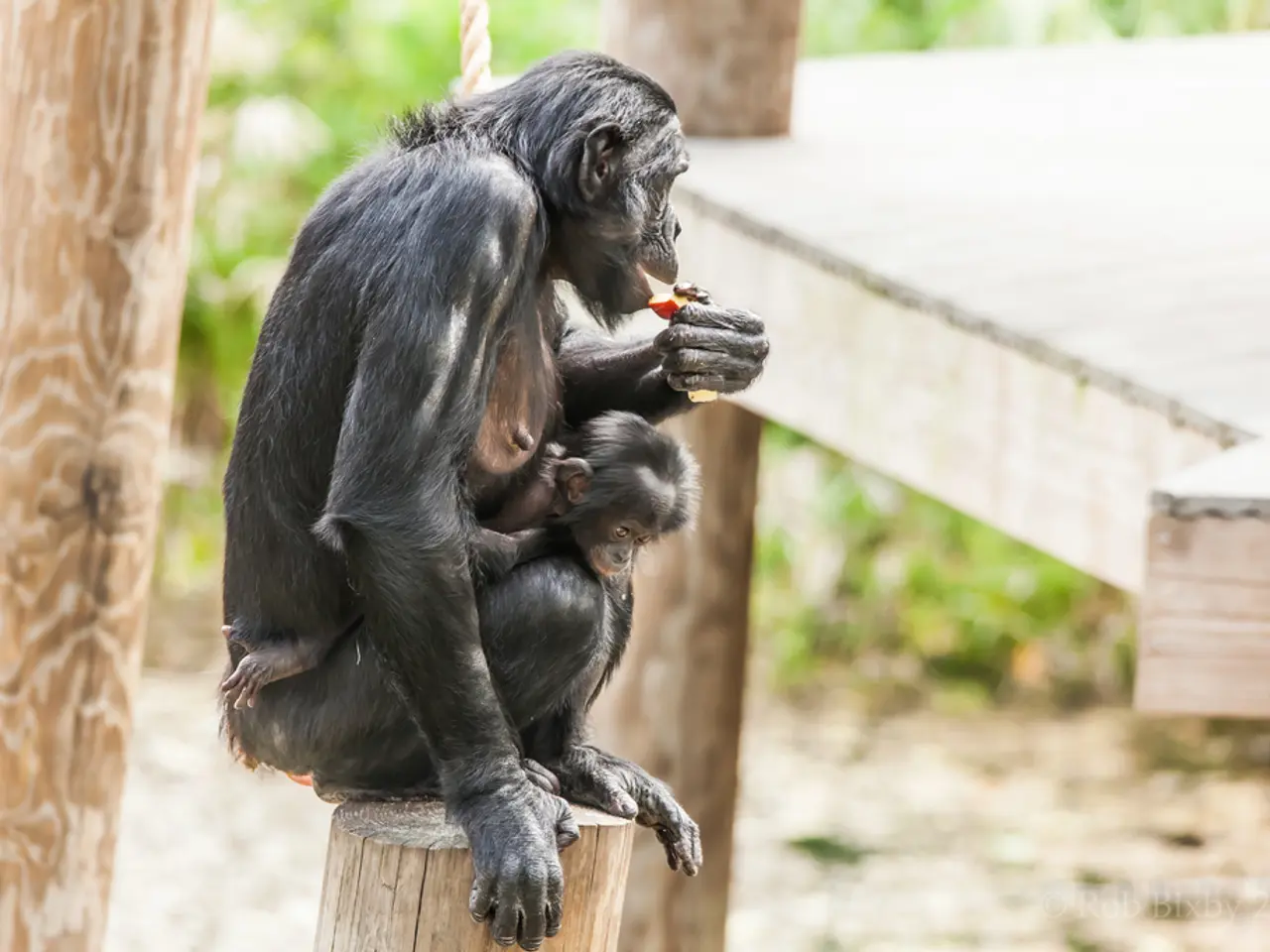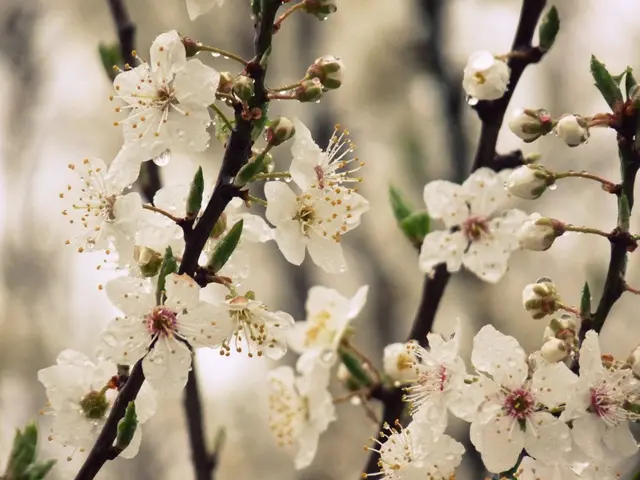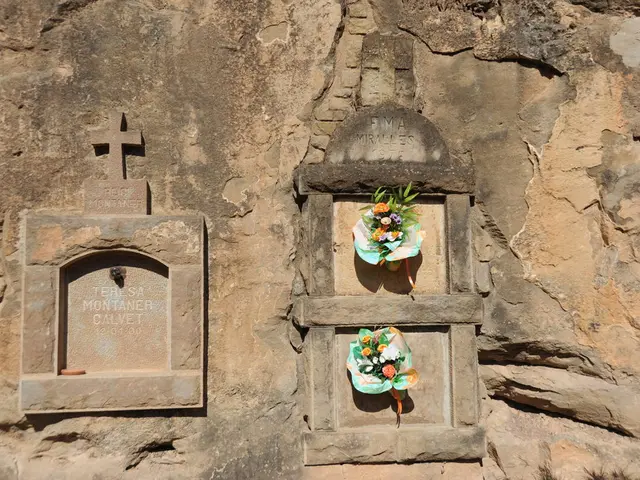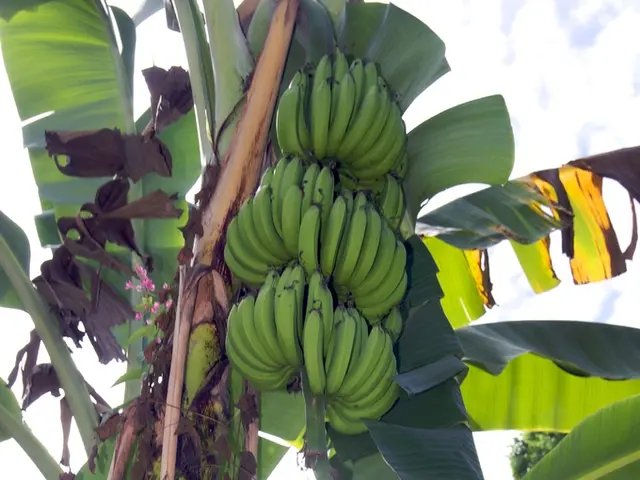Gombe National Park: Where Jane Goodall's Pioneering Chimpanzee Research Happened
Gombe National Park, a remote and varied terrain in western Tanzania, has been crucial to understanding chimpanzees in their natural habitat. Here, Jane Goodall's pioneering research revealed tool use and behaviours previously thought unique to humans. Today, it's a top destination for eco-tourists seeking chimpanzee trekking and learning about Goodall's work.
The park, covering approximately 20 square miles, includes steep valleys, rainforests, woodlands, and grasslands. Its geography enabled Goodall's discoveries, starting in 1960 at the age of 26. She lived and worked at the Gombe Stream Research Center, now a major attraction offering guided hikes through the forests where chimpanzees move daily. The best time to visit is during the dry season, from June to October, for better trekking conditions and increased chimpanzee visibility. Accommodations range from basic campsites to simple lodges, and visitors should plan to stay at least two to three nights to fully enjoy the experience. The park remains an active research site and a must-visit for those interested in chimpanzee conservation and Goodall's legacy.
Gombe National Park, located on the eastern shore of Lake Tanganyika, is about 20 miles north of Kigoma. It can be reached by flying into Kigoma Airport and then taking a boat across the lake. The park's remoteness and varied terrain have helped preserve its wildness and continue to support long-term studies of chimpanzees. It stands as a testament to Goodall's groundbreaking work and a beacon for eco-tourism in Tanzania.
Read also:
- Harsh Desert Environments Support Thriving Fruit Groves: Agriculture in Severe Climates
- One night of sleep deprivation can cause changes in our genes, according to a research study.
- Legendary Primatologist Dame Jane Goodall Dies at 91
- Countries initiate aggressive campaign to prohibit smoking in vehicles







